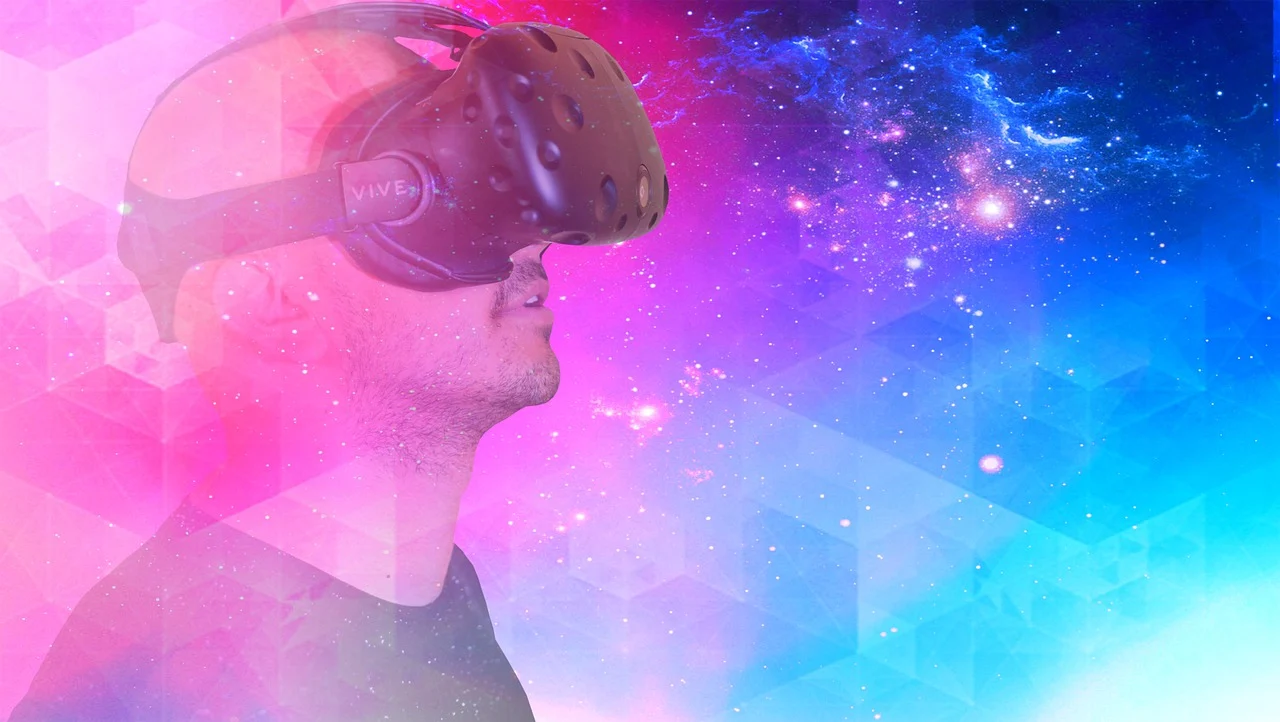
5th April 2022 by Jason Vincent
Retail Marketing Trends For 2022
Marketing methods are always evolving. Seemingly every day we see fresh headlines explaining the innovative way in which a given company is incentivising more customers to visit their stores, or buy their products. And at this point, the number of marketing techniques out there is so vast that it’s become hard to distinguish between genuinely helpful advice and unproven ideas.
With that in mind though, let’s take a look at some of the most interesting retail marketing trends we’re seeing and will continue to see this year.
Wider Use of QR Codes
In our article on “The Rise of QR Codes in a ‘Touch Free’ World”, we expressed that consumers’ relative unease with QR code interaction has in the past limited the technology’s expansion. However, we also noted that the need for touchless ways of accessing information –– like restaurant menus, for example –– has ultimately contributed to said technology’s growth throughout the pandemic.
Retailers have started to realise the true potential of this marketing method, which goes beyond offering directions to a store or discounts through codes placed strategically around a neighbourhood. Beyond these purposes, QR codes are now being used to lead consumers to websites and apps, give them direct access to purchasing options, help them engage with surveys, and more. And on the retailer side of things, all of these interactions produce data that can be used to refine efforts.
We’re also seeing more creative means of displaying QR codes –– with some examples as extreme as the use of drones to create giant QR codes in the sky!
Emotionally Engaging Content
We often think of marketing today as a purely data-driven practice. And yet, in the book “Contagious: Why Things Catch On” marketing professor Jonah Berger makes a compelling argument for the emotional side of the equation that modern retailers should take to heart. Berger points out that word-of-mouth can account for up to 50% of all eventual purchasing decisions –– and that one way to generate word-of-mouth is to trigger emotional responses.
Simply put, people are much more likely to talk about a store or product if it provoked an emotional reaction in them. Retailers who aim at surprising and pleasing their visitors in a memorable way –– with humorous messages, perhaps, or with engaging stories about brand priorities –– are more likely to see their customers spread the word.
Growth Hacking
Growth hacking allows smaller companies and startups to launch highly effective marketing campaigns at a low cost. The concept was popularised in part by Ryan Holiday’s book “Growth Hacker Marketing”, which first came out in 2014. It described processes by which businesses can repeatedly modify practices in order to generate “explosive” reactions, and conveyed that this strategy can work for new, small businesses and Fortune 500 companies alike.
Today’s retailers can implement growth hacking through strategies like testing which emails attract more visitors, or which type of blog or social media content generates the most engagement. The idea is to observe marketing efforts to test them, track results, and modify accordingly until the strategy is fully optimised. And best of all, this can be done on virtually any budget.
VR and AR
The push by companies like Facebook towards the implementation of metaverse tech is changing people’s attitudes about virtual and augmented reality. And at the same time, despite many pandemic restrictions having been eased, many people still prefer to reduce their exposure when shopping or otherwise engaging with society.
In theory, virtual marketing (and even direct virtual shopping options) allow these people to engage with the stores and products of their choice without having to leave their homes or –– potentially –– compromise their health. Because of this, companies like Alibaba are already offering virtual shopping environments, while Ikea has released an augmented reality app that allows customers to explore how a piece of furniture would look in a specific room.
We’re still at an early stage of virtual and augmented reality retail applications. But rest assured that throughout this year and into the future we’ll see both marketing efforts (like Ikea’s virtual demos) and direct shopping options in virtual space on the rise.
Even in ordinary times, retail represents one of the most competitive sectors in the modern world. People have limitless choices both in person and online, and tend to stick with what they already know as often as not. But by using innovative ways to capture the attention of potential customers, store owners and marketing leaders can gain advantages even in this competitive environment.
Author: Jenie Kyle




